About us
Coordination Groups
EUROCAE collaborates with key stakeholders through Sectoral Coordination Groups like ECSCG, EASCG, and EUSCG to align industry needs with regulatory requirements, ensuring a harmonised standardisation framework.
EASCG
The European ATM Standards Coordination Group
Building an efficient, sustainable and safe Single European Sky requires the modernisation of the European ATM infrastructure. To ensure a coordinated and harmonised implementation of the required ATM-related functionalities, it is essential to ensure that the necessary standards are available, in a timely fashion. There is an increased need for new standards arising from the deployment of SESAR and the transition to performance-based regulation.
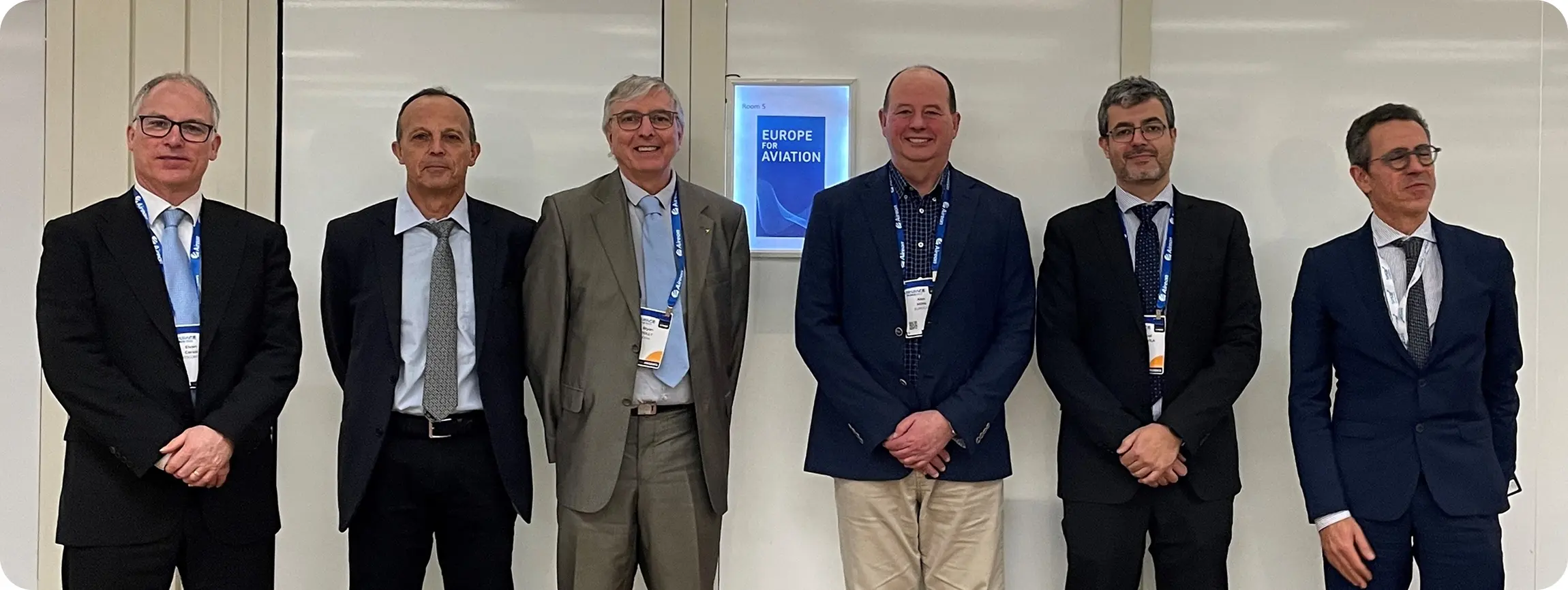
More about EASCG
- The EASCG was created as a joint advisory group to coordinate the European ATM-related standardisation activities, essentially stemming from the European ATM Master Plan, in support of Single European Sky (SES) implementation.
- The EASCG is chaired by the Manuel Rivas Vila, EASA, and the Secretariat is provided by Alex Milns, EUROCAE.
- The EASCG work ensures a better coordination and monitoring of the relevant activities affecting standardisation:
- - R&D activities under SJU responsibility, deployment coordination under SDM responsibility
- - Rulemaking activities under EASA responsibility
- - Standardisation activities executed by the relevant standardisation bodies, including a significant part of the EUROCAE work programme.
Since its creation it has proven to work effectively and produced concrete results, such as the update of the PCP “Indicative roadmap with respect to standardisation and regulation” and the first edition of the European Standardisation Rolling Development Plan, which is now available to the community on the EASCG website.
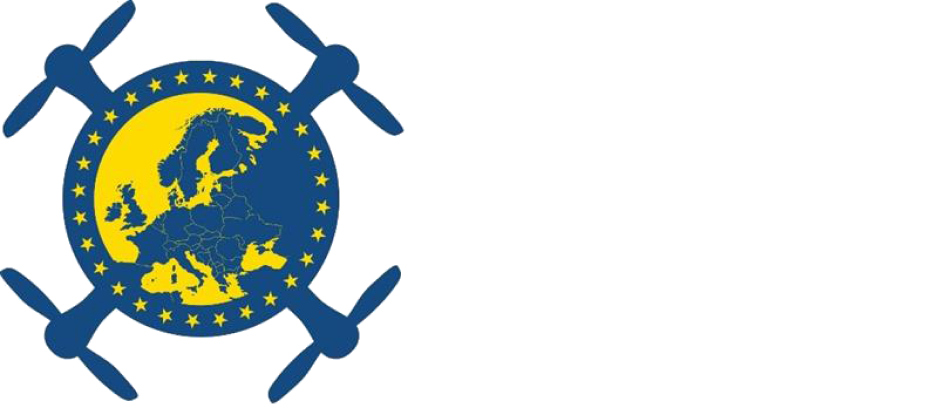
EUSCG
The European UAS Standards Coordination Group
Unmanned Aircraft Systems (UAS) is the most rapidly emerging and developing aviation sector which includes very large aircraft which resemble in size and complexity manned aircraft, but also very small consumer electronics products. All of these categories could be used in the same air space as Commercial Air Transportation, General Aviation and Aerial Work. Therefore, it is very important to ensure a harmonised approach to seek integration of UAS both at regulatory and operational levels in the existing aviation framework.
Standardisation is one of the processes that allows this harmonised approach to be implemented. Currently there are multiple organisations active in developing such standards at different levels. This increases the risk of gaps and overlaps in the various standardisation activities. Considering the successful example of the EASCG which coordinates the standardisation activities in the area of ATM, it was decided to put in place a similar arrangement in the area of UAS – the European UAS Standards Coordination Group (EUSCG).
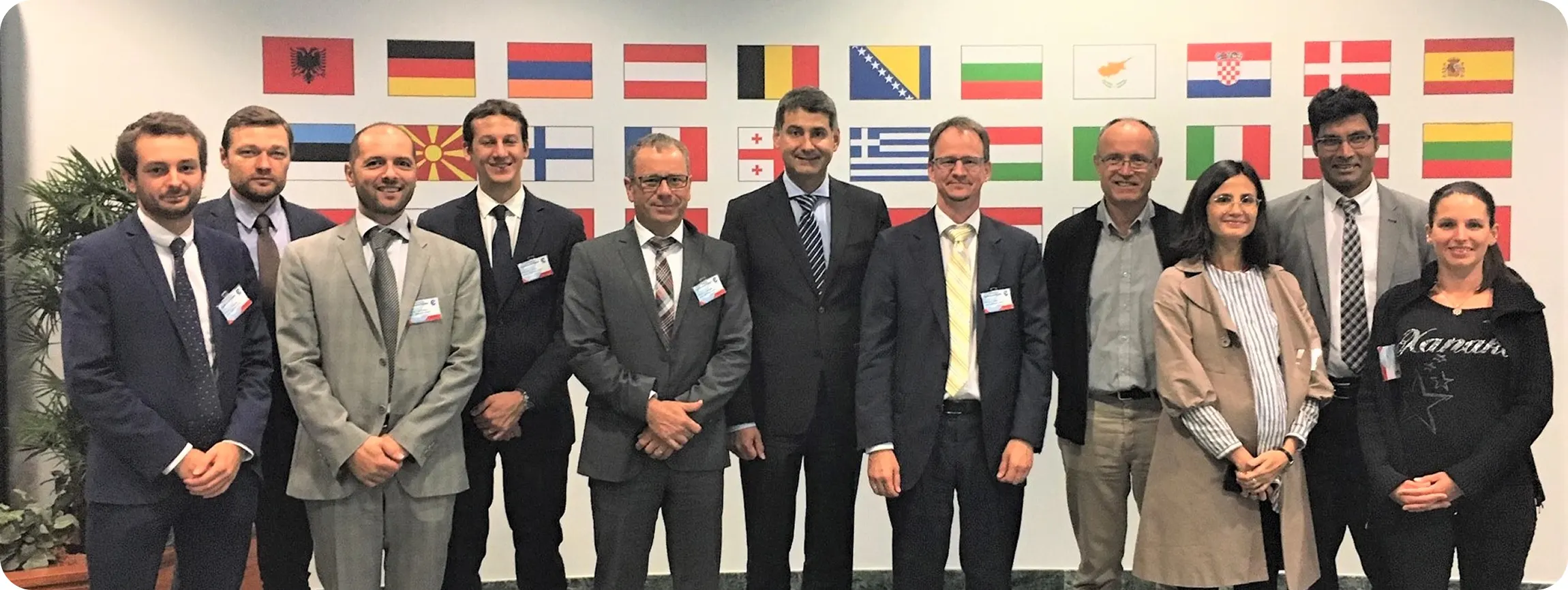
More about EUSCG
- It had its Kick-Off Meeting on the 1st of June 2017 at the EUROCAE offices in Saint Denis, France.
- 19 experts from the European regulators (European Commission and EASA), Standard Developing Organisations (SDOs) and UAS manufacturer and operation representation met to discuss the Terms of Reference of the Coordination group with the goal to define a way to streamline standards developing activities in Europe.
- The EUSCG is a joint coordination and advisory group established to coordinate the UAS-related standardisation activities across Europe, essentially stemming from the EU regulations and EASA rulemaking initiatives. The EUSCG provides a link to bridge the European activities to those at international level.
- The EUSCG work ensures a better coordination and monitoring of the relevant activities affecting standardisation:
- Rulemaking activities under EASA responsibility
- Update to ATM Master Plan by including UAS provisions
- Standardisation activities executed by the relevant standardisation bodies, including EUROCAE WG-105 work programme.
The main deliverable of the EUSCG is the European UAS Standardisation Rolling Development Plan (RDP) which will be progressively updated to reflect the current situation. It will also provide a method for the identification and discussion of overlaps and gaps, and as a basis for feedback to contributing organisations, to improve overall coordination of standards development.
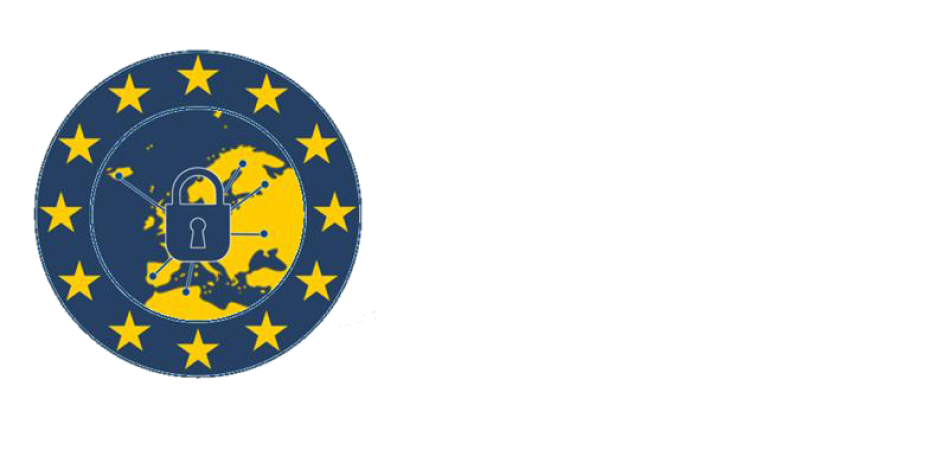
ECSCG
The European Cyber security for aviation Standards Coordination Group
Aircraft and air traffic management systems are witnessing the development and integration of automated functions. Such developments improve the safety process and allow to maximise the use of resources. However, as safety increasingly relies on information systems, cyber security is becoming critical. Information system security in the aeronautical environment is both critical and subject to domain-specific regulatory constraints. The regulatory and standardisation requirements are complex, defined by both aeronautical and cyber security initiatives.
In order to enable the development of aeronautical cyber security in a coordinated and harmonised way, it is essential to ensure that the necessary and appropriate standards are available in due time. Considering that only finite resources are available, there is a strong need to streamline relevant standardisation activities in Europe and globally.
The European Cyber security for aviation Standards Coordination Group is created to respond to this need. The ECSCG is a joint coordination and advisory group established to coordinate the cyber security for aviation related standardisation activities. A specific focus will be on activities stemming from the EC and EASA regulations, this does not exclude other market-driven standards.
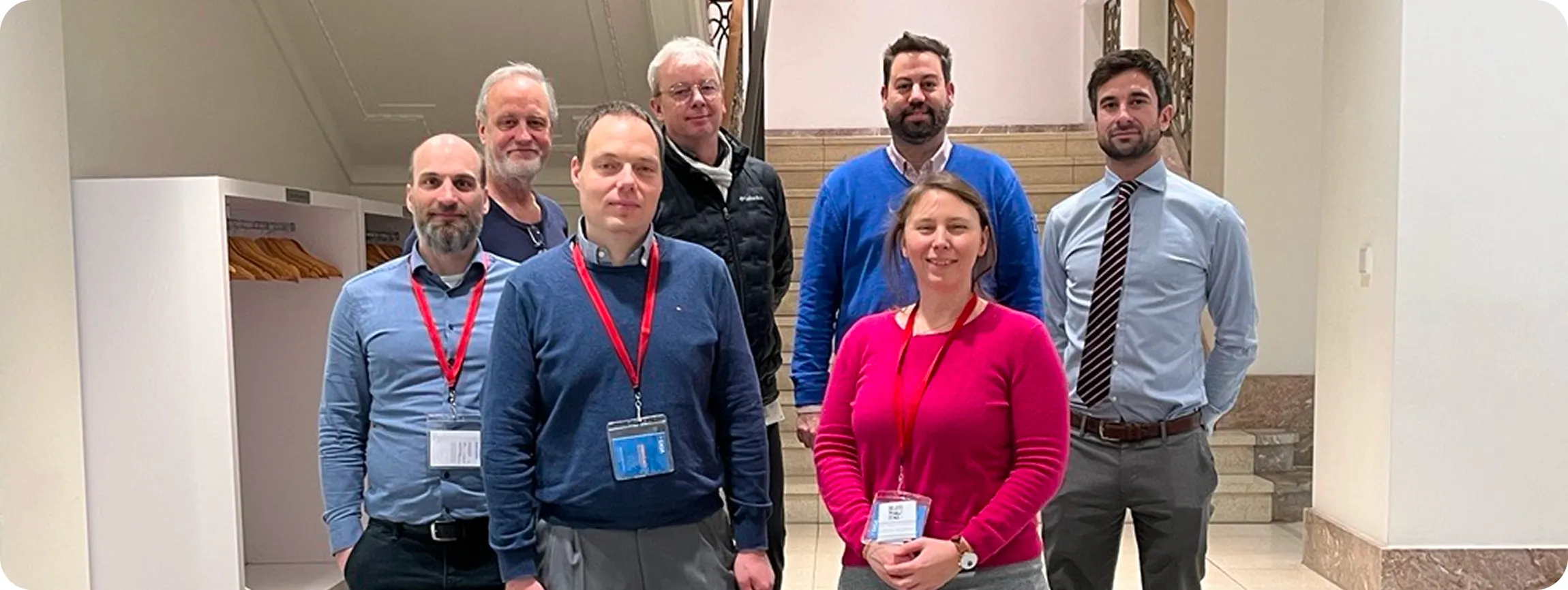
More about ECSCG
- The ECSCG kick-Off meeting took place on 30th October 2018 at the EUROCAE office in Saint-Denis, France.
- Experts from the European regulators (European Commission and EASA) and other European and international standardisation bodies and organisations active in cyber security met to discuss the Terms of Reference of the Coordination Group with the goal to define a way to streamline standards developing activities in Europe.
- The tasks of the ECSCG will be to:
- Develop, monitor and maintain an overarching European cyber security for aviation standards rolling development plan, in particular for those standards aimed at providing means to comply with cyber security rules under development initially based on the existing material contained in ER-017.
- Facilitate the sharing of work among the Standard Developing Organisations (SDO's) thus identifying gaps and avoiding overlaps.
- Monitor all relevant processes, resource availability and other related risks and issues.
- Provide a forum to manage specific issues and resolution of conflicts.
- Advise the EC and EASA on cyber security standardisation matters, as required.
- Coordinate with other relevant stakeholders and other regional and global activities.
- In order to fulfill its tasks, the ECSCG will need to:
- Facilitate the participation of the various member organisations, in order to develop a comprehensive set of industry standards needed to cover the whole spectrum of aeronautical cyber security.
- Identify and share a common recognition of the fields of competencies of the various contributors in order to avoid the risk of overlapping activities.
- Establish and maintain a bidirectional information flow between regulators and all relevant actors, to ensure that changes, delays and new developments can be taken into account.
- Maintain awareness of the status of upstream rationale and progress associated with identified needs for standardisation activities.
The main deliverable of the ECSCG is the European cyber security standardisation Rolling Development Plan (RDP) which will be progressively updated to reflect the current situation. It will also provide a method for the identification and discussion of overlaps and gaps, and as a basis for feedback to contributing organisations, to improve overall coordination of standards development.
